Did Veteran Small Business Expo Deliver?
Hi there and thanks for checking in for our Monday quarterback series following my trip to the National Veteran Small Business Conference and Expo, held in Detroit.
Looks like we’re off to a quick week here with July 4th just around the corner. I want to take some time to thank you for reading and to tell you about my trip to Detroit, along with some other things.
Last week, I attended the National Veteran Small Business Expo. It was funded by the Department of Veterans Affairs and the lead contractor was Halfaker and Associates, LLC. Veterans Affairs also had a simultaneous veterans employment fair down the hall.
Depending on company size, poor planning and execution of National Veteran Small Business Conference cost small business owners anywhere from $5,200 to $52,000 in lost opportunities.
The verdict is out as to whether or not these companies will recoup the opportunity cost by increased contracts and partnerships.
Meanwhile, some great products showed up. My personal favorite was the Apnea Risk Evaluation System (ARES), which allows sleep apnea testing in the veteran’s home. I loved this device. A review is at the end of this post.
Detroit Veterans’ Disability Compensation Stats
Before we jump into the expo, I wanted to provide some statistics from the Detroit Regional Office. Overall pending claims are down 9% from the beginning of the year. However, the number of claims pending adjustments (basically appeals) has climbed. Let’s hope the push to get claims out the door did not result in claims being decided poorly.
January 2012
- Entitlement Claims Pending: 19,617
- Over 125 Days: 64.8%
- Award adjustments: 4,229
- Over 125 Days: 41.4%
June 2012
- Entitlement Claims Pending: 17,999
- Over 125 Days: 62.2%
- Award adjustments: 5,947
- Over 125 Days: 44.3%
Review: National Veteran Small Business Conference and Expo
Here is how it went, who showed up, and how things may change for 2013. My take away is that many business owners will not attend in 2013. The reason for this is that the cost of attending was much higher than the benefit of going to the event.
The coordination was poor and networking roundtables were a free-for-all. It probably could have been done more cheaply with a better outcome for smaller businesses.
Were key Veterans Affairs decision makers there?
In short, yes. Attendees had a variety of experiences in trying to access these individuals. Secretary Eric Shinseki, Chief of Staff John Gingrich, and Executive Director Tom Leney where there. https://www.va.gov/opa/bios/
VA decision makers I met with:

These people fit into my wheelhouse since they work in the area I research and advocate within for all of you.
- Director Tom Murphy: Head of Disability Compensation for Veterans Benefits Administration. This means he is in charge of the disability ratings process for veterans with permanent injuries from military service. Director Murphy previously served in the Marine Corps and the Army.
- Director Kim Graves: Head of Eastern Area Veterans Benefits Administration. This means she is in charge of the Regional Offices for the benefits side of the VA on the east. Director Graves is retired Army.
- Director Ruth Fanning: Head of Vocational Rehabilitation and Employment for the Veterans Benefits Administration. This means she is responsible for the program that helps veterans gain retraining in a new profession once they have been given a disability rating. Director Fanning has numerous relatives who are service members.
On an aside, I also met with numerous CEO’s and hiring managers who will be great contacts in the future. I will mention a little about VetAdvisors, one such government contractor, later in this post.
Was Detroit Veteran Small Business Expo good for business? Maybe.
Cost Benefit Analysis of Detroit Expo. While we all like to support all things veteran, when it comes to business, our endeavors need to have a return of some kind. For me, this event was a mixed bag. I met great people within the VA and some contractors. However, the cost was substantial. Next time, the VA and Halfaker should consider the impact these conventions have on small business owners and try to optimize time.
It cost me $2,000 to attend the conference. While there, I was unable to work. For most business owners, one week away from the office can cost $10,000 or more in production and management. If my company makes over $10 million per year, the number may be closer to $100,000 for a week off. These are estimates.
Economist. An economist would look at the cost of the event and add in the money the business owner had to forgo in order to attend. This allows the business owner to properly allocate the cost of attending so that they can know if the business relationships made during the event had any return. Since I like economics enough to study it, I thought I’d provide the breakdown on opportunity cost:
- Small business owner: $2,000 + $10,000 = $12,000
- Large business owner: $2,000 + $100,000 = $102,000
Here is this means. Each day, there are 8 hours of networking time. Networking opportunities were only good for 3.5 days. So, there were only 28 hours of reasonable networking time. For the smaller business, that costs $430 per hour. The time costs even more for the large business owner, around $4,000 per hour.
When expending $400 – $4,000 per hour in opportunity cost, there are certain expectations most rational business owners will have:
- Smoothly run networking and event planning
- Technology that works the right way to schedule events
- The city should be safe and a tourist attraction
- Easy transportation to and from my home airport
- A list of restaurants or attractions to see after events
1. Check in and how. The event check in was a nightmare. Because the event was run at the same time as the veterans’ employment fair, there was a lot of confusion. Some business owners spent 2 hours or more in line. Many realized after waiting in line that they were on the wrong end of the building. Line labels were hard to read and for that reason, many business owners missed out.
- Opportunity cost to business owners affected: $800 to $8,000
2. Event Scheduling for Contractors. Someone within the VA mandated that all contractors needed to attend “business requirements” seminars before any other networking roundtable. This was different than last year.
Since the events were not well planned ahead of time, most businesses needed to sign up for events while in Detroit. Many business owners did not sign up for networking events because of the “requirements” seminar.
On average, business owners spend at least 3 hours using the event computers to sign up. Or, they had to forgo certain meetings because they could not find the meeting on the system.
- Opportunity cost to business owners affected: $1200 to $12,000
3. Networking at Roundtables and Expo. Well, last year these were a big hit. It was easy to sign up and to see who would be working at your table. This year, it was a mess. Halfaker could not sort out who was sitting at what table. The room was so large that by the time you walked around to find the right group, the session would end.
The expo ended early, which killed critical mass and turned the Cobo Center into a ghost town. Since the expo, where contractors displayed their business model to the community, ended on day before the entire event, many people just left.
The meeting rooms were somewhat hard to track down. And, the rooms were much larger than necessary. There is no way the Cobo Center was the ideal location for a small business conference. Rumors circulated that the conference was supposed to be held at Detroit Marriott, which would have been great. However, someone in VA decided to hold the job fair with the small business conference.
In short, many business owners lost networking time on Thursday and Friday morning. It was literally impossible to find tables and meet with people for the last 8 hours.
- Opportunity cost to business owners affected: $3,200 to $32,000
4. After events and dining. Since the event wasn’t working out, I decided to leave on Thursday and was fortunate enough to have a VA employee email me since out networking table was canceled without notice. We met to grab dinner but had no idea where to go that was safe. After asking around, we ended up at a cool spot by Greek Town.
Here is a big shortcoming of Detroit. If I were mayor, I would have ensured my advertising folks hit the pavement getting ad dollars from restaurants and tourists sites. I would have then sent out pamphlets to all the hotels people were staying at to ensure they leave the hotel to spend money in the community. This did not happen.
We were very confused about where to go. My first night there, another group had reserved our hotel’s restaurant. I ended up eating at a Subway in the building because I was too exhausted to work hard enough to find a place that was open.
One thing to keep in mind for next time, Detroit; you are a ghost town after work hours and most people are nervous about that fact. Many of the high rises are vacant or condemned. People are really nervous about leaving hotels for dinner. For that reason, go the extra mile and provide a tourist package for the next convention, especially when you expect 6,000 business owners and attendees. There was a lot of money left on the table because the after-hours events were not well thought through.
5. What really struck me. Changing to Cobo was a mistake. First, the space was not well suited to the customer. In this case the paying customer was the small business owner, but a key decision maker decided to ignore the needs of the customer in favor of a nonpaying customer. Bad idea. Second, the small business owner mix was of national companies, not companies mainly located in Michigan. Thus, job seekers were probably not well suited.
Personally, it was nice to see the job fair and to see the different services out there for veterans seeking jobs. But, many of the small businesses at the expo were not hiring Michigan veterans.
Conclusion: National Veteran Small Business Conference and Expo was just “okay.”
In the end, the cost to business owners of the fumbled planning was around $5,200 to $52,000. This amount will vary, but the VA should take it into consideration for next year to avoid alienating business owners.
The Veterans’ Employment Fair in Detroit
The event attracted around 10,000 veterans from the area and was much better organized than the National Veteran Small Business Conference and Expo.
When you first walked in, the VA set up booths for all of their services. This allowed veterans to sign up for Disability Compensation, Vocational Rehabilitation and Employment, Health Care, and many, many other benefits.
Most people reading this know I’m usually hard on the VA. This event was incredible and it appeared that many veterans attending would agree.
After walking through the VA section, veterans entered the hiring section in the back. There were numerous firms hiring veterans along with many governmental agencies also looking to hire veterans.
In the back, the VA loaded up with coaches to help veterans sort through difficulties they experience in the hiring process. Any veteran could sit down with a specialist to review their resume, life skills, disabilities, or whatever, to help them in turn find employment.
In my mind, this last section was the most impressive. VA had brought in a couple government contractors, including subcontractor VetAdvisor. I had a chance to talk with VetAdvisor CEO Dan Frank about his business model. They use mainly veterans with a Masters in Social Work to help other veterans with their issues. This seemed like a logical approach since most veterans trust other veterans more than nonveterans when receiving services and assistance. Frank is himself a Navy veteran and longtime entrepreneur with a real passion to help veterans in need, and it showed.
In all, the hiring fair was mind-blowing for me. One concern I have, given future budget cuts, is focused on sustainability. Will the VA continue to be able to fund endeavors like this that helped so many veterans? Or, under growing concerns over spending cuts, will these efforts fall by the wayside? Only time will tell, but the solution is simple. Any companies looking to help veterans will need a market approach that is sustainable over time.
Quotes of the Week
Last week, there were some great ones at the conference and elsewhere from Secretary Shinseki and friends.
From “Joint VA/DOL Veterans Retraining Assistance Program Reaches Important Milestone.”
“No veteran should have to fight for a job at home after fighting to protect our nation,” said Secretary of Labor Hilda L. Solis. “This training program focused on high-demand jobs will help unemployed Veterans expand their skills and compete for good jobs that need them,” she added.
Source: Veterans Today – https://tinyurl.com/7nrwl79
This is from the speech of Secretary Shinseki on June 27:
Total percentages of procurement dollars for small businesses fell a few percentage points in 2011. But our performance was still nearly six times the government-wide goal of 3% for SDVOSB contracts. To ensure we deliver on our 2012 promises, I am holding all senior leaders responsible for the following:
- Any contract not going to a Veteran-owned small business must be reviewed by a senior executive and concurred in by a senior contracting executive.
- When the federal supply schedule is used for contracting, senior leaders must, again, review decisions prior to any award to other than a Veteran-owned small business.
- All senior executive performance evaluations will include a small business performance metric.
- For the first time, VA has established small business procurement goals all the way down to the lowest senior executive level that exercises procurement responsibilities; for instance, at a medical center or a regional office or a cemetery. Within overall departmental goals, senior executives are now accountable for specific goals.
- Additionally, our prosthetics departments will be required to pursue small business options to the maximum extent possible.
We are going to achieve our established goals by 30 September 2012, and when we do, we’ll look at raising our sights again, as we have since 2008. Procurement leaders are accountable.
Source: VA.gov – https://www.va.gov/opa/speeches/2012/06_27_2012.asp
From “States’ Attorneys General Action a Victor for Veterans and the GI Bill.”
“This action is a victory for Veterans and a victory for the GI Bill. Veterans and VA applaud the great work by the states’ attorneys general, along with Holly Petraeus and her team,” said W. Scott Gould, Deputy Secretary for Veterans Affairs. “We all want Veterans to be informed consumers and for schools to meet their obligations in training this Nation’s next ‘Greatest Generation.’”
Source: Veterans Today – https://tinyurl.com/d8shqdl
Disability product of the week: ARES Sleep Apnea Unicorder
I personally like the Apnea Risk Evaluation System (ARES) Unicorder, developed by Advanced Brain Monitoring, Inc., and sold by Watermark Medical. I saw this at the National Veteran Small Business Expo in Detroit.
The VA does not want to pay for Ares Unicorder, even though it is cutting edge for sleep apnea testing. Instead, they make a veteran wait 9 months for a sleep test. When you finally come in for the test, they glue all these testing wires to your head and make you sleep in paper-thin walls next to another snoring veteran. For me, I doubt most veterans ever get to sleep without some form of sedation.
Here is the awesome part of this deal and why it fired me up.
For one payment of $450, a military member or veteran believing they suffer from sleep apnea can get the device shipped to their home. While in the comfort of their home, the person will then use the device to detect sleep apnea. Once the test is done, the customer mails the device back, and a sleep doctor evaluates the results.
The veteran or service member can use the ARES home sleep test device to get a full diagnosis of sleep in the home. For me, this would have worked great because I have a heightened level of anxiety. So, having things glued to my head while sleeping in a VA bed is not optimal to detect sleep apnea.
Since you can use the ARES Unicorder in the comfort of the home, now you can get your condition diagnosed, treated, and potentially service-connected.
In the latter instance, for $450, a veteran gaining service-connection will receive a payment of $800 per month for life – all for the initial investment of $450.
Again, the VA is not too keen on using this technology despite the fact that it would speed up sleep apnea detection and treatment.
Sleep apnea, when untreated, can cause heart disease and other fatal conditions. This means, regardless of service-connection, getting diagnosed is important. Waiting 9 months for a test that may not work seems impractical.
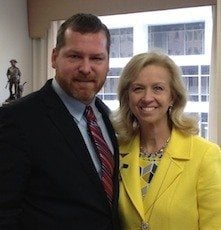
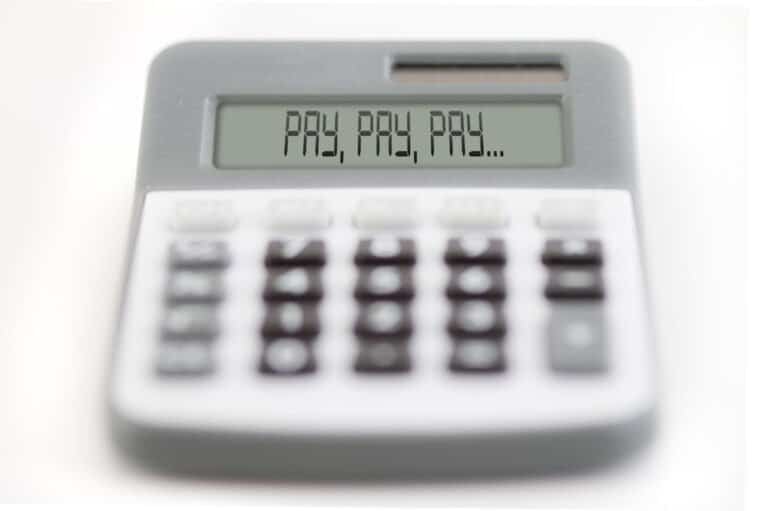
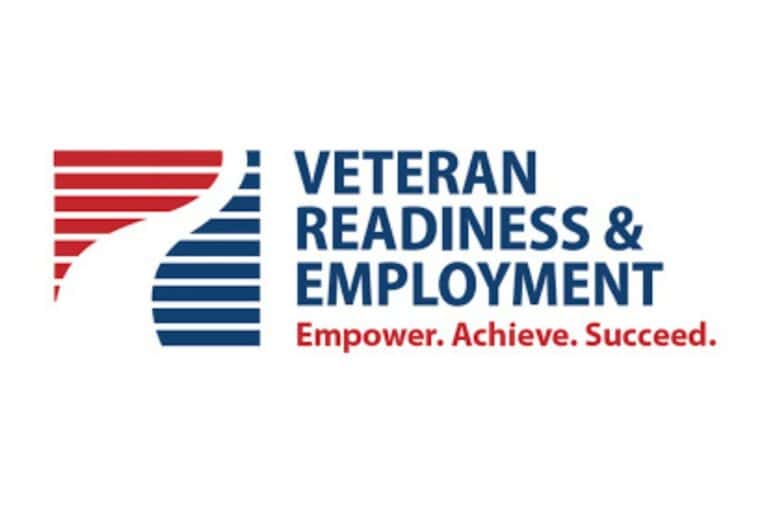
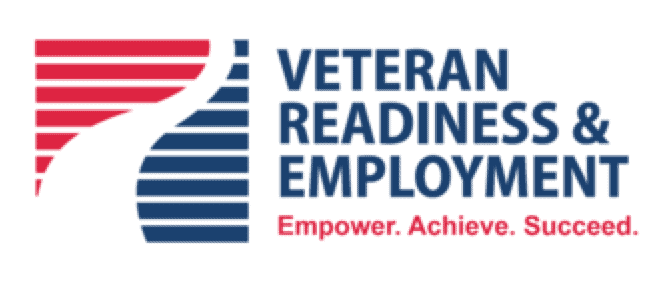
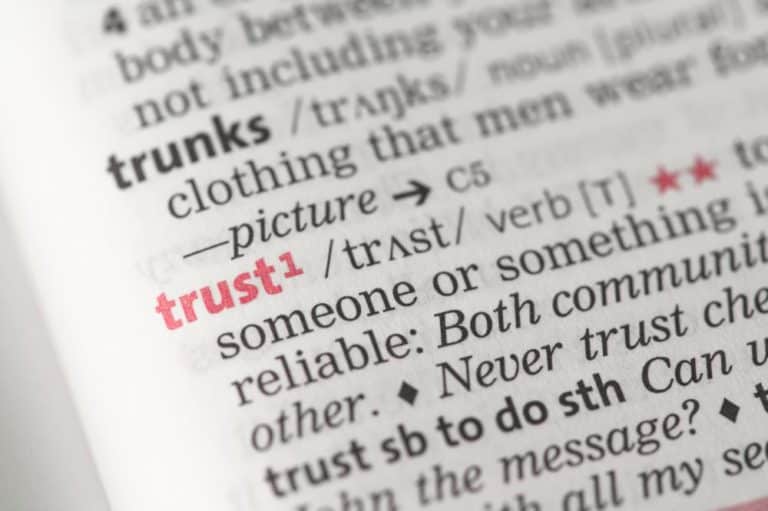
When are VA employees going to face jail time for post war crimes against returning veterans such as Ruth Fanning?